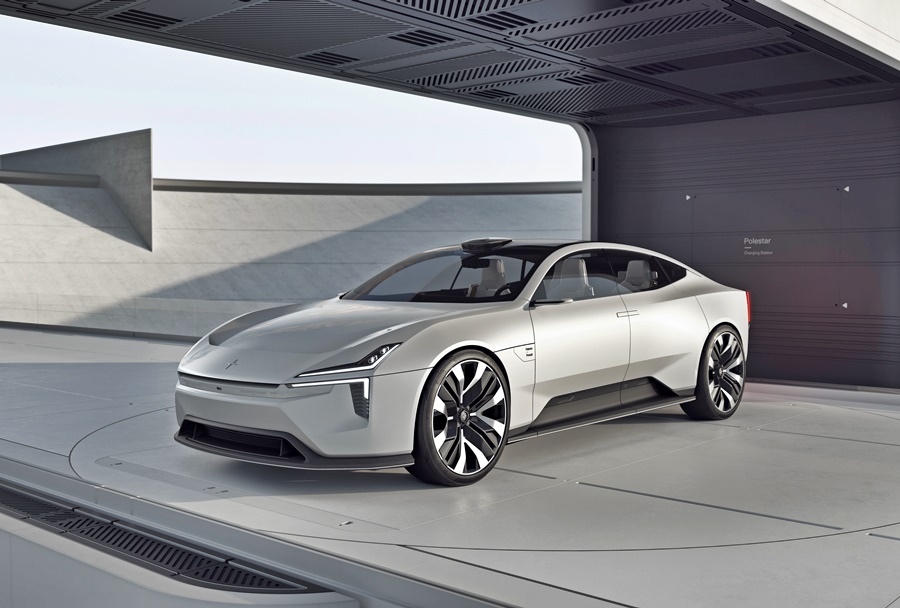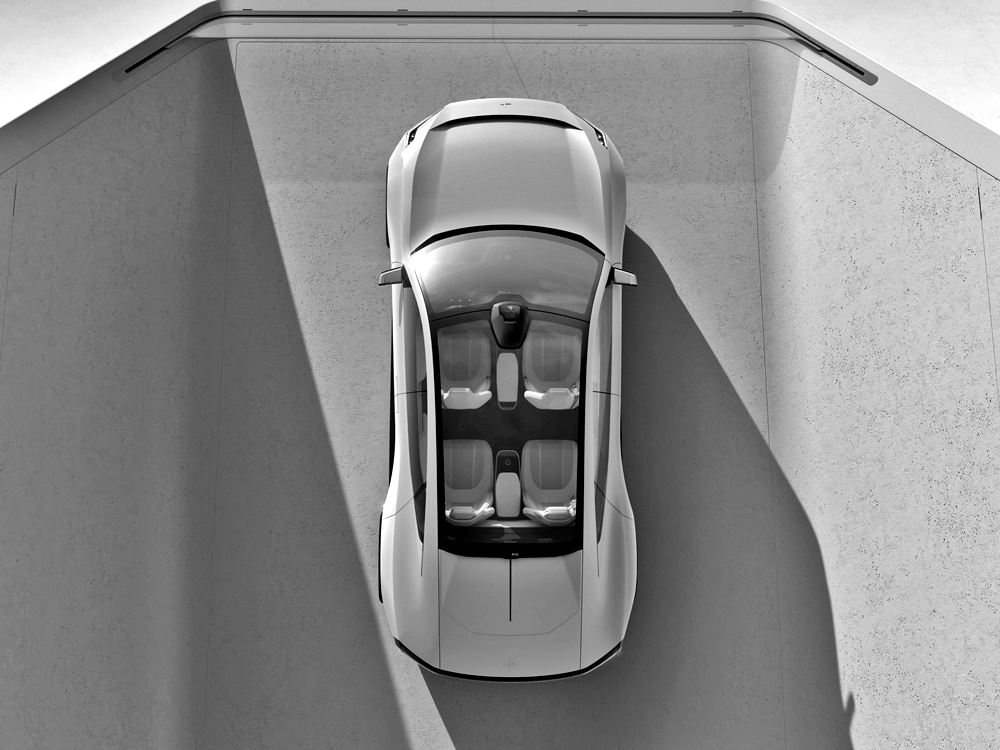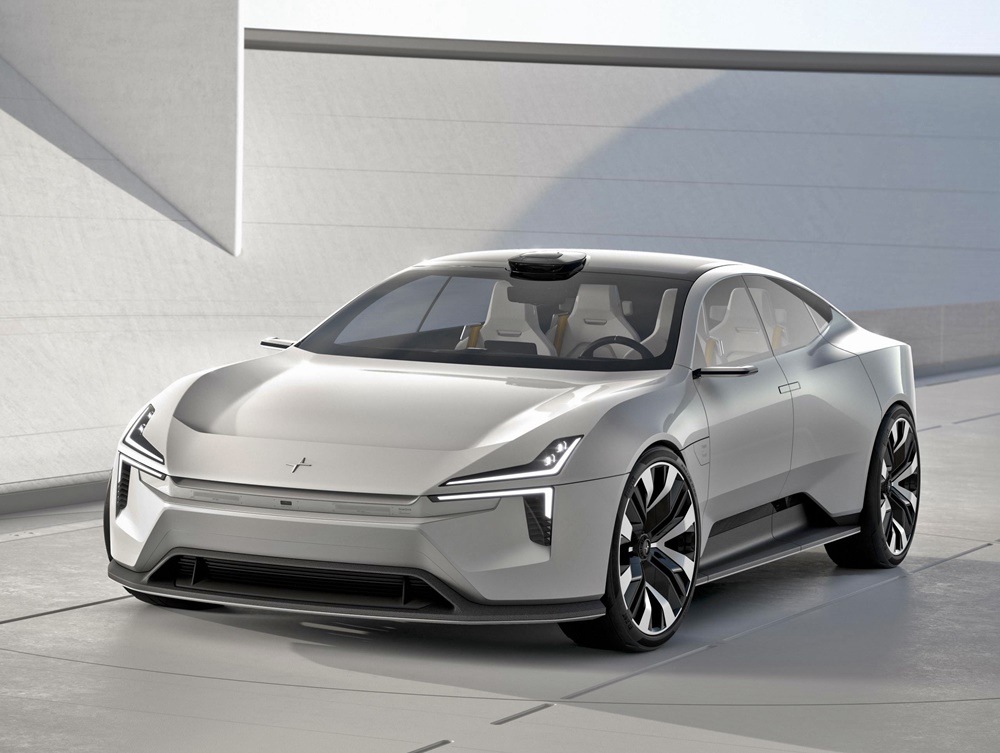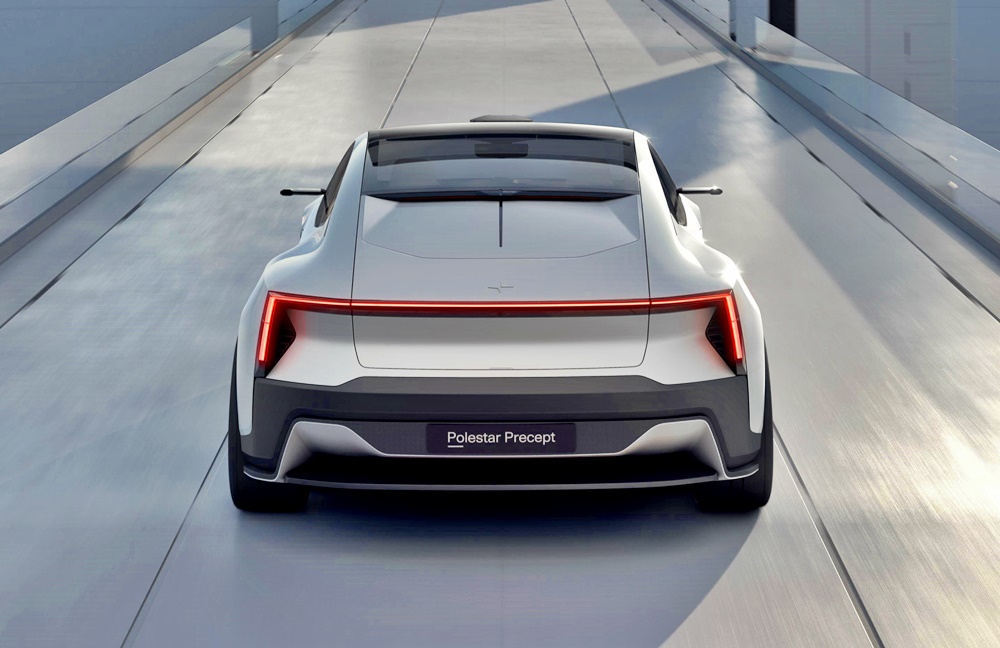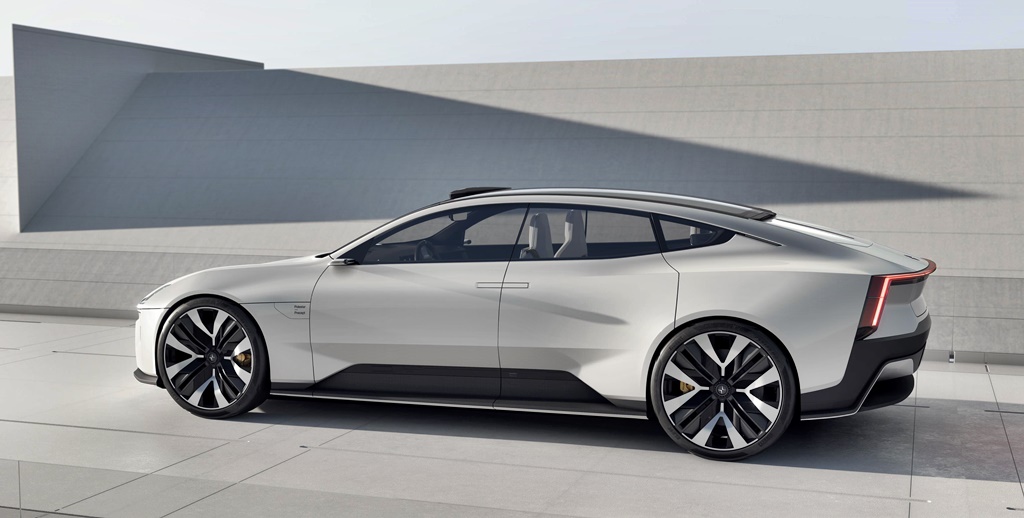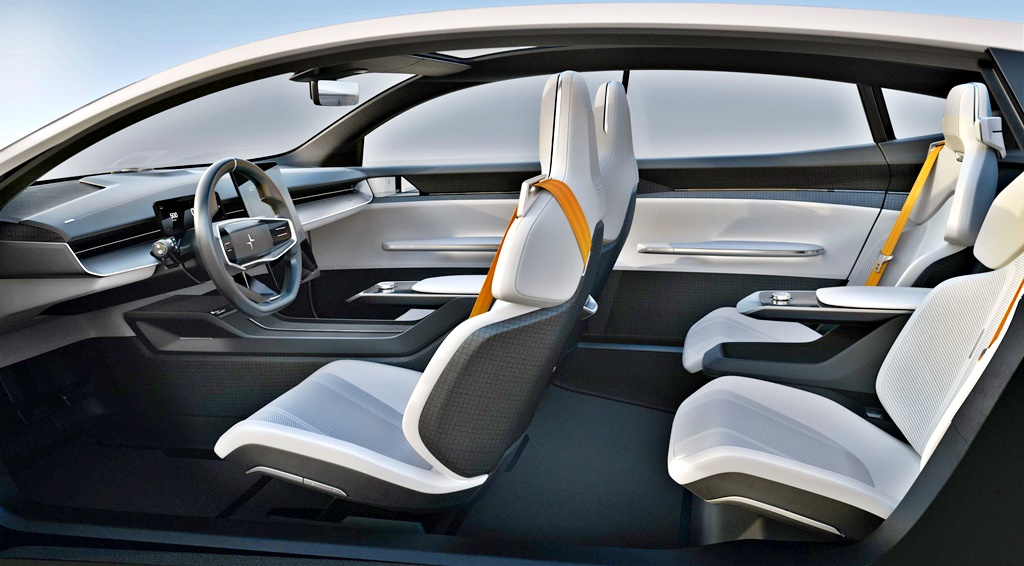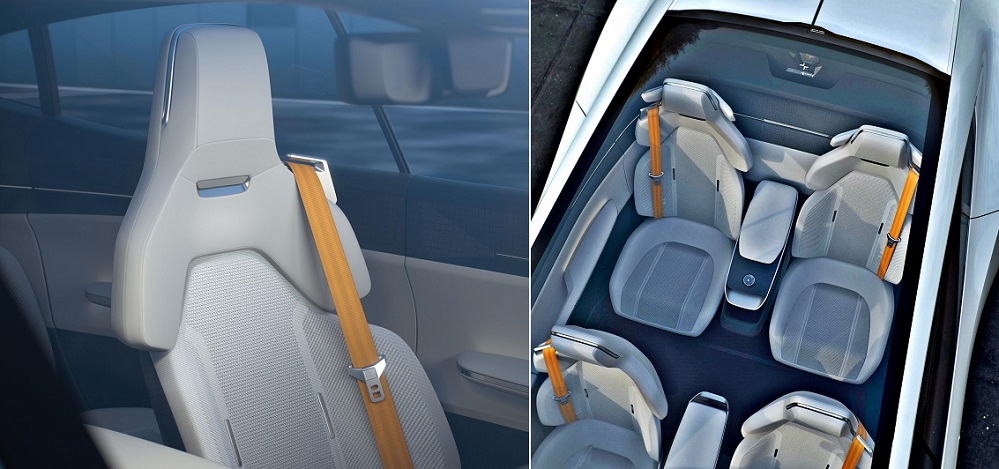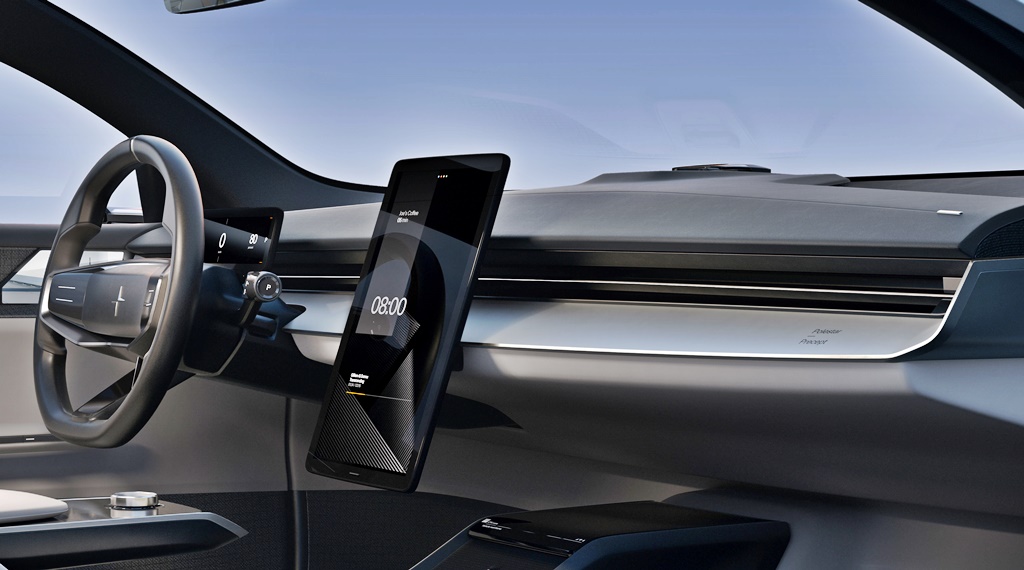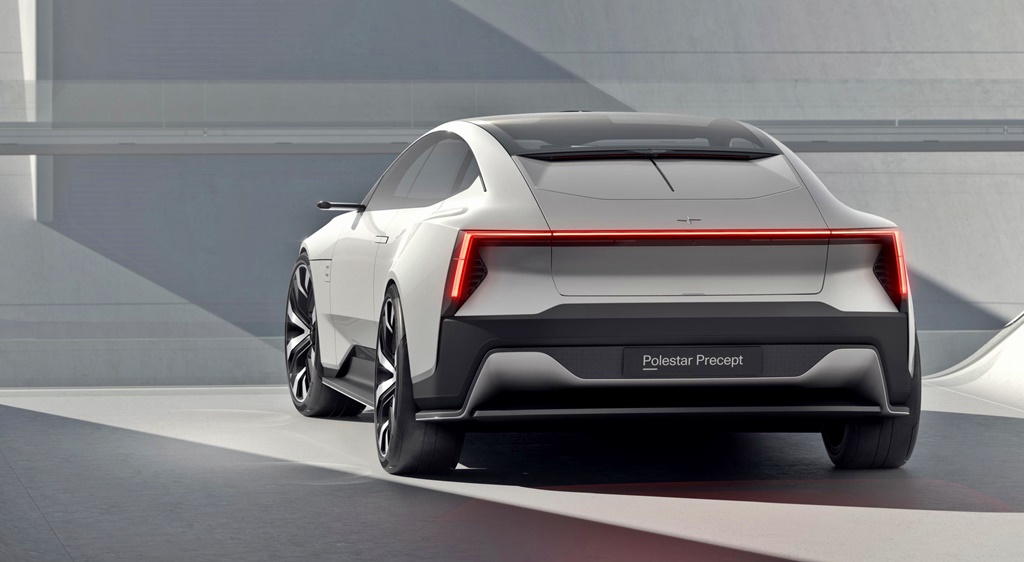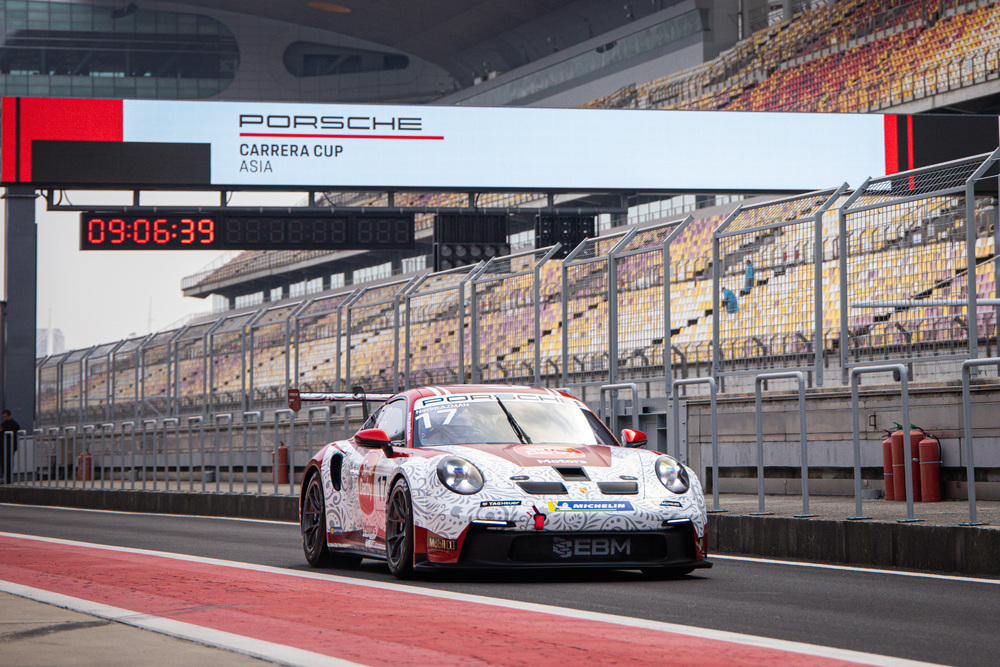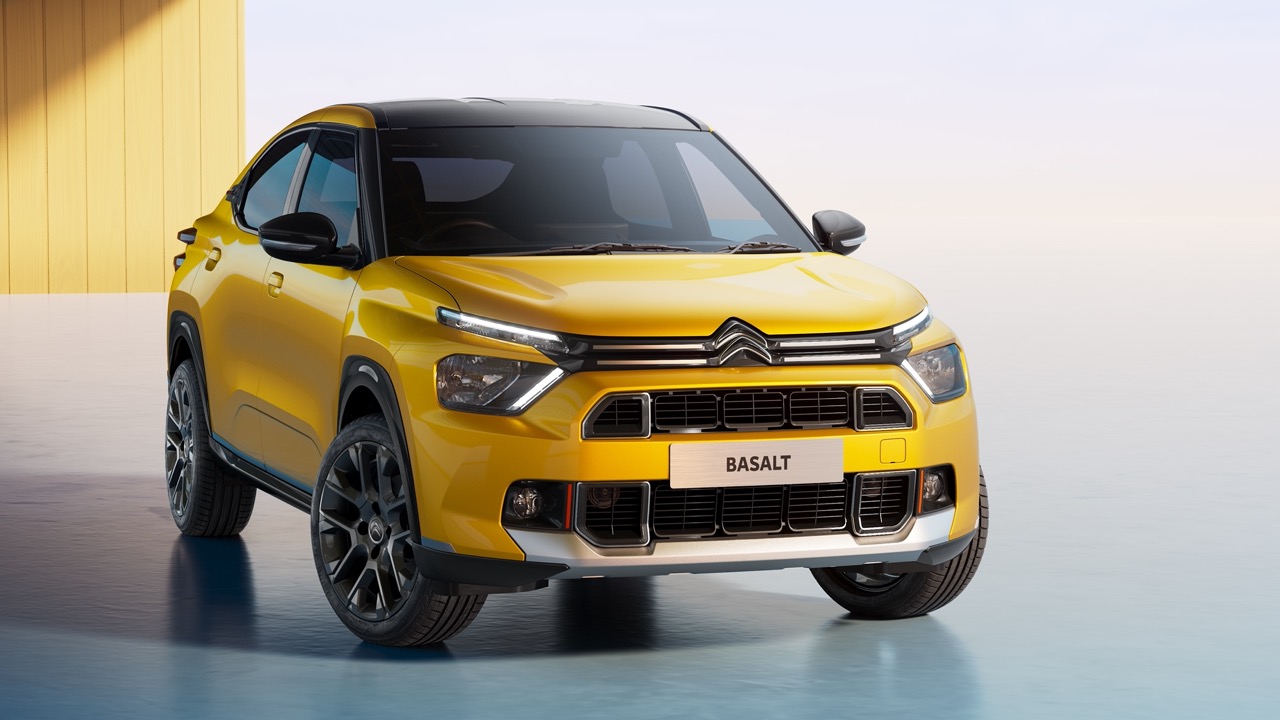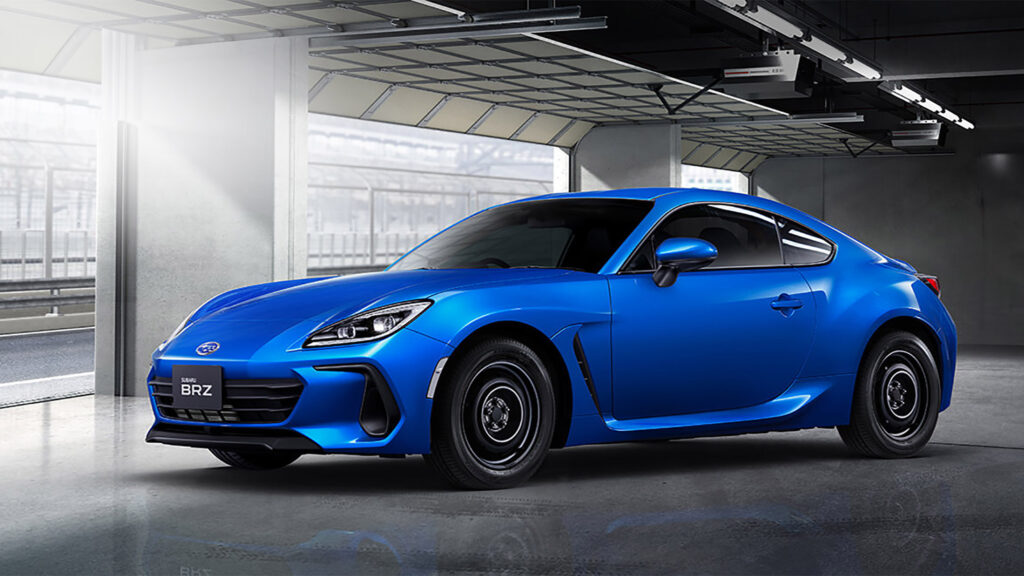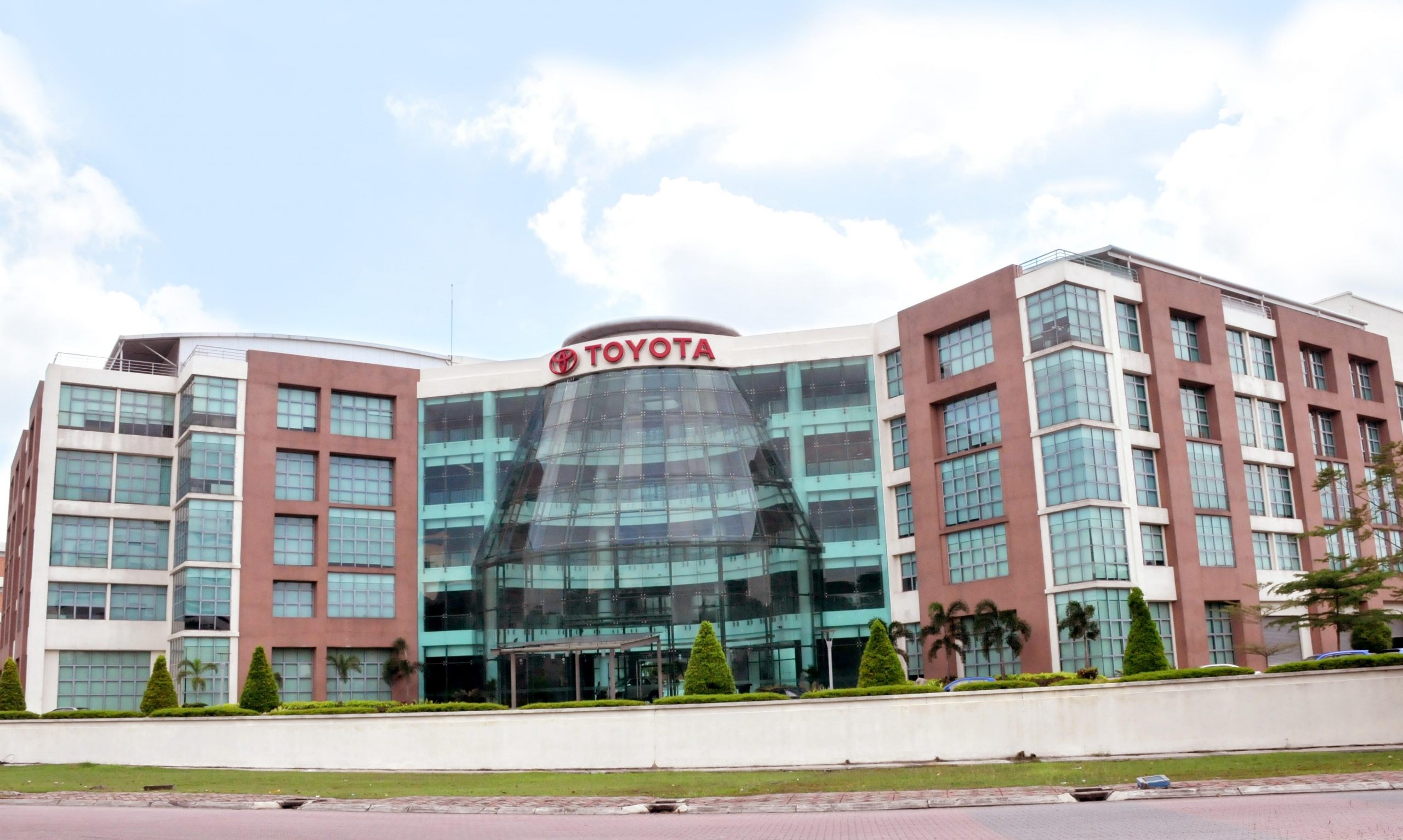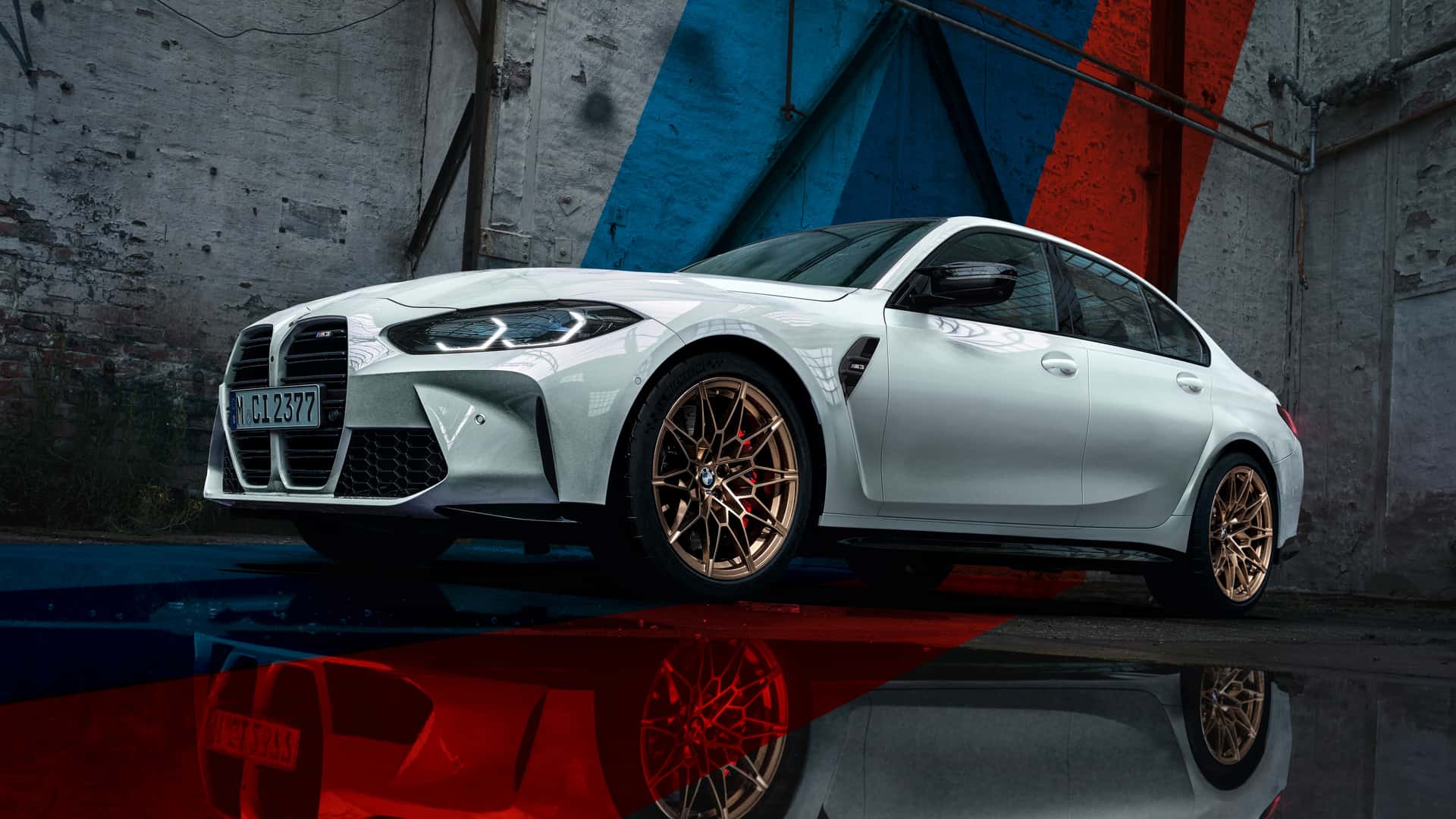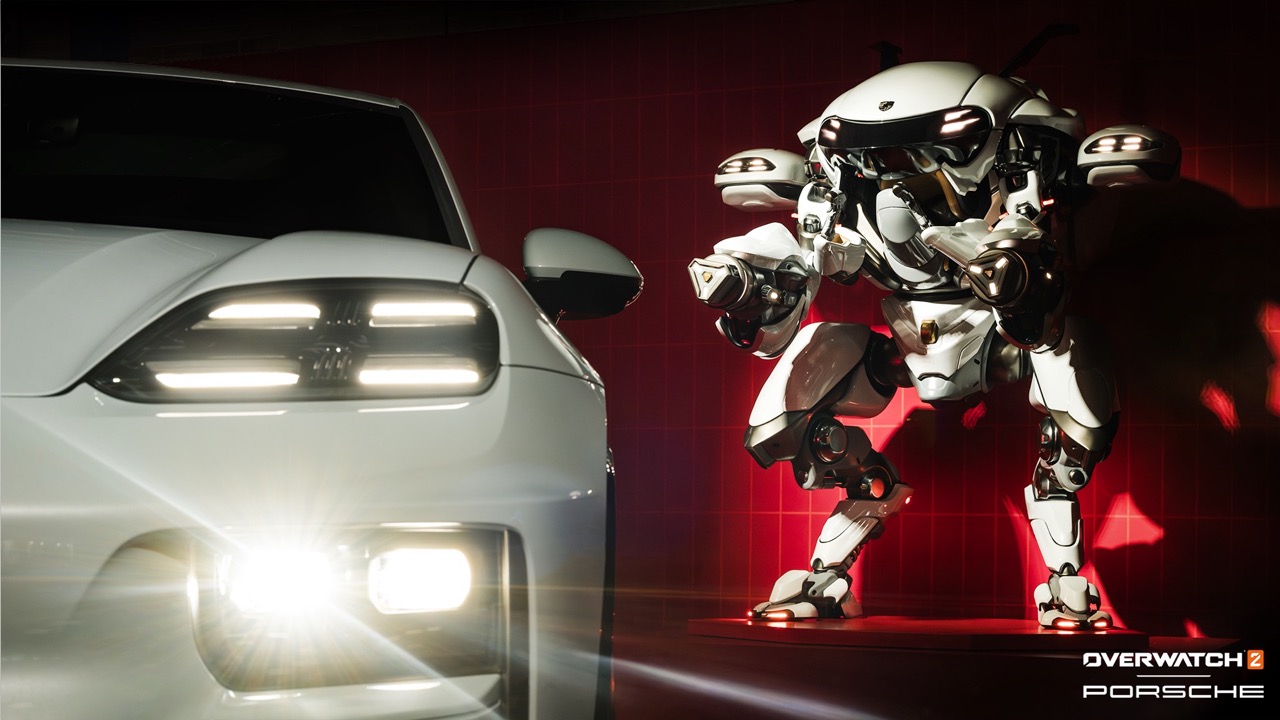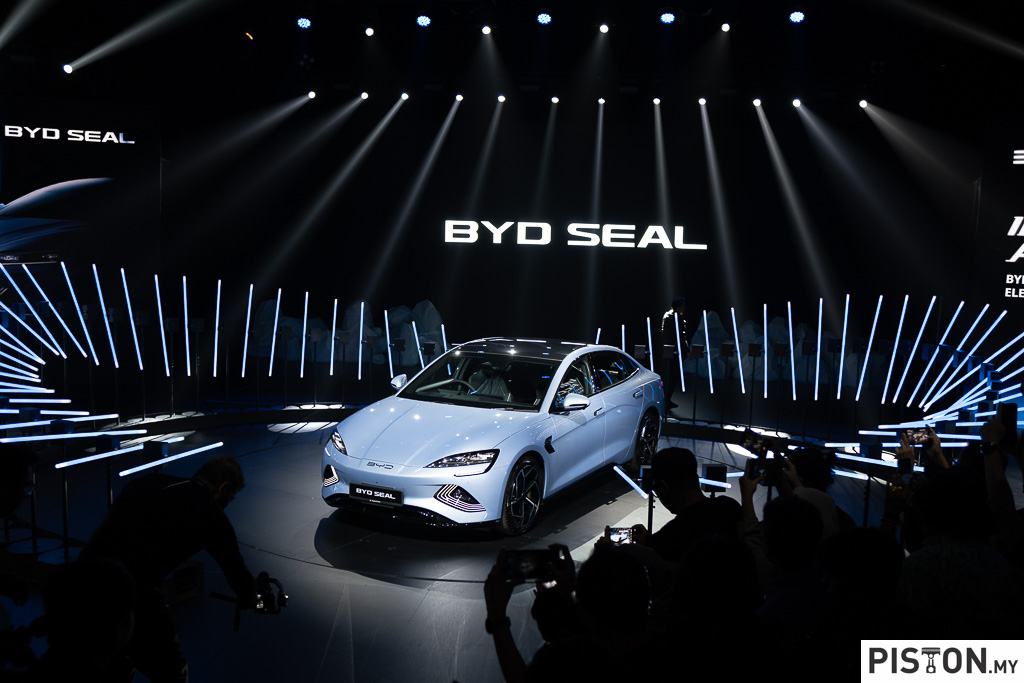Polestar began as a racing team in 1996 and after showing what it could do to Volvos, the Swedish carmaker decided to commission the company to develop performance variants. The potential of such enhanced models led Volvo to acquire the company in 2015 and have a sub-brand which focussed on performance.
Two years later, Polestar’s mission changed as it was tasked to focus on electric cars. Volvo and its owner, the Zhejiang Geely Holding Group, provided 640 million euros (about RM2.94 billion) to support the initial phase of product, brand and industrial development.
As a fully consolidated Volvo Cars subsidiary, it would become a stand-alone electrified performance car company. Since then, besides being an advanced technology affiliate for the Volvo Car Group, Polestar has also started to build cars at a new factory in China.
Vision of future direction
Obviously a very forward-looking company, Polestar is looking ahead and its vision of the brand’s future direction is revealed in the Precept concept. A precept is a manifesto of things to come, a declaration. Hence the name chosen emphasises the car’s role in setting out Polestar’s intent as the contemporary electric performance brand.
“Precept is a declaration, a vision of what Polestar stands for and what makes the brand relevant,” said Thomas Ingenlath, CEO of Polestar. “The car is a response to the clear challenges our society and industry face. This is not a dream of a distant future; Polestar Precept previews future vehicles and shows how we will apply innovation to minimise our environmental impact.”
Minimalistic athleticism and restrained surfacing are evident in the aerodynamic sculpted form of the Precept with proportions that define its presence. A 3.1-metre wheelbase which accommodates a large battery pack gives the 4-door Grand Tourer a very low and sleek silhouette with an emphasis on legroom and headroom in the rear.
No grille needed
Not requiring a grille for cooling, the front end incorporates the Polestar SmartZone, representing a shift from ‘breathing’ to ‘seeing’. The area which once channelled air to radiators and the internal combustion engine now houses technology for safety sensors and driver assistance functions.
Purposefully gathered behind a transparent panel dedicated to intelligent hardware are two radar sensors and a high definition camera. The LiDAR pod, mounted atop the glass roof, is given optimal visibility as a next step towards increased driving assistance. The Thor’s Hammer LED headlight signature evolves with separated elements, taking on a dynamic, more robotic and brand-defining interpretation.
The Precept features an integrated front wing above the SmartZone which accelerates airflow over the long bonnet. This allows air to attach itself to the surface earlier, which improves aerodynamic efficiency and thus improves the car’s range.
At the rear, the wide light-blade spans the entire width of the car, extending into vertical aero-wings – another aerodynamic feature and a nod to lightweight design.
Conventional side mirrors are replaced by camera-based units, each of which extends outwards on an aerodynamic arm. Inside, the traditional rear-view mirror is replaced with a digital screen, the image collected by a wide-angle camera mounted at the rear of the car.
The absence of a conventional rear window means that the Precept’s single-volume glass roof extends behind the rear seats and the tailgate itself is designed with a larger opening and higher-mounted hinges improving access.
Best available technologies
Polestar continues to believe in collaborating with experts to accelerate development and provide customers with the best available technologies. The Precept’s interior is defined by sustainability and offered opportunity to work with new materials and processes. Similarly, the evolution of the HMI (Human-Machine Interface) builds on current partnerships which maximise the integration of expertise.
Sustainable new interior materials balance modern high-tech luxury with reduced environmental impact. For instance, flax-based composites for interior panels and seatbacks offer significant improvements over conventional materials, including up to 50% saving in weight and up to 80% reduction of plastic waste.
The seat surfaces are 3D-knitted from recycled PET bottles, while the bolsters and headrests are made from recycled cork vinyl and the carpets from reclaimed fishing nets. These elements, combined with digital artistry, define a new premium luxury that surpasses the conventions of leather, wood and chrome.
Android-powered connectivity
The next generation HMI, powered by Android, builds on Polestar’s close collaboration with Google. An enlarged, portrait-oriented 15-inch centre touch screen complements a 12.5-inch driver display, and the two are linked by an illuminated blade that encompasses the entire interior. In this execution, the unique Polestar emblem floats holographically inside a solid piece of Swedish crystal between the rear seat headrests.
Supporting the advancement of a personalised and dynamic digital interface, the instrument panel also hosts an array of smart sensors. Eye tracking will allow the car to monitor the driver’s gaze and adjust the content of the various screens accordingly. Proximity sensors also enhance the usability of the centre display when driving.


